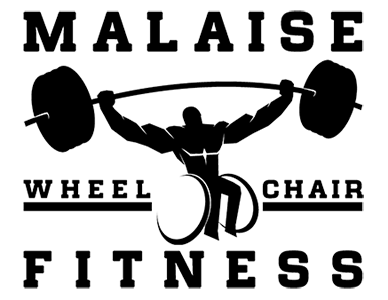One of the easiest things ANY person who works out can do to improve, if they are not already doing it, is write stuff down. Over the long haul tracking your progress is as important as the actual act of working out to ensure you are improving versus plateauing or even worse, getting weaker.
I simply track everything through an excel spreadsheet, and a quick picture with my phone. Depending on whatever type of program I am currently doing whether it's a 5/3/1 strength cycle or a 10x10 german volume training cycle, track it.
As you lift over the long haul 10-20+ years you will see instant gratification gains quickly cease, this is where small rep increments from one workout to the next become quite important. Without writing this stuff down there is no way to properly monitor how things are going.
Things to track:
- Exercise (inc bench press, military press, wide grip pull ups, etc)
- Rep Scheme or Modality (Volume, Strength, German Volume) whatever helps you know what you were trying to do that day.
- Weight LIfted. I use shorthand @225, etc.
- Reps. This can be reps attempting to hit, and then reps actually hit. Ex of 100 rep goal, with 90 actually lifted.
- Rest Period. To compare like against like you need to make sure that if in week 1 you were taking 1 minute breaks between sets, then next week you took 90 second break, of course your lifts went UP!!
Here is my example from this morning, I am doing a 5/3/1. This looks like crazy shorthand gibberish but it works for me. I simply snap a photo with my phone before I work out, then afterwards I update the spreadsheet with the results.
- Shoulders 531
- MP Press @115
- MP Press 5/3/1 5x160, 5x180, 5+x200(11)
- Snatch 5x70, 5x80, 5+x90 (7)
- Shrug @140 1x r/p (6)
- CTB Pullups 3mins (20)
- Lat/Rear/Front @LKB (25/15/10)
- Green Band Curls 21s
Explaining the shorthand, with each number corresponding to the list above.
- This is a shoulder movement as the primary movement workout, in a 5/3/1 strength.
- MP is for Military Press, with @115 being the warmup weight.
- This is my main working sets for the military press, with the last set being a do as many reps as possible denoted by the 5+, and the outcome was 11 (11).
- Snatches or 1 arm high pulls.
- 1 arm shrugs with a rest pause denoted r/p
- PUllups in a chest to bar, CTB, for 3 mins. I hit 20 reps in that time.
- Lat/Rear/Front with a light kettle bell denote different raises for shoulders.
- Finally, finished up with 1 set of green band curls done in a 21s fashion for end of workout burn.
Do what works for you. Write as MUCH or as LITTLE as you need to as long as you are able to gauge a current workout versus a previous. Even if you only track the main lift, that is something. In the example above I would only track the military press as that was the main movement I am monitoring progress. To outperform your previous workout, you must know what it was that you actually did in weight lifted and reps performed. From day to day or even week to week it is very possible to remember, but over the long haul, it becomes impossible to recall each detail.










